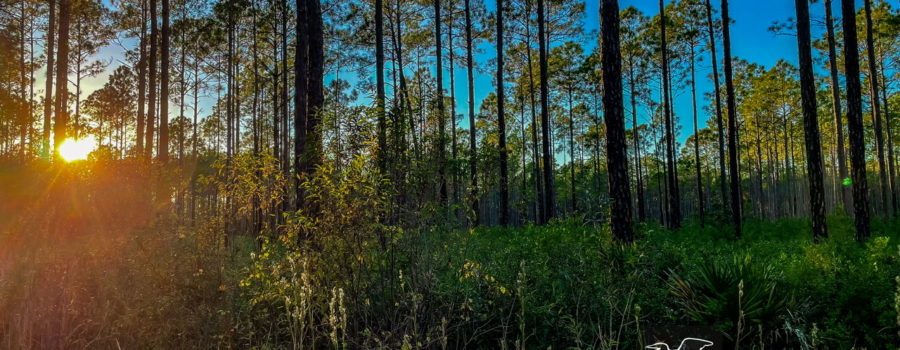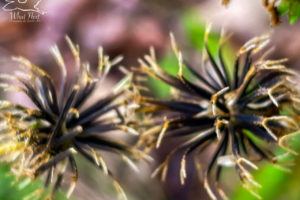The Longleaf Pine is Very Important in It’s Habitats

Living in the southern sandhills is more of a unique experience than most people realize. We have so many interesting and important plants and animals living around here that it’s almost unbelievable. One of the most important trees that grows in this area is the longleaf pine (Pinus palustris) and it is often referred to as ”the tree that built the south” due to it’s importance in the lumber and turpentine industries. Unfortunately, it’s importance in those industries has also led it to become a highly endangered species. The longleaf pine used to cover large tracts of land from southern Virginia south through south central Florida and as far east as Texas. Now most of these trees exist in only small patches within that range. In fact, it now only covers about 3% of it’s former range. I consider myself to be very fortunate to live in one of those regions where the longleaf pines are still doing well.

Longleaf pines are highly dependent on fire for their normal growth and modern fire control methods have also contributed to the decrease in it’s populations. In more recent times foresters have begun having prescribed burns, which are very helpful in the fight to preserve this species. Longleaf pines are uniquely equipped to survive fires due to some very interesting adaptations. First, the trees that are larger than sapling size are covered in a thick, scaly bark that protects them from temperatures up to 1600 degrees. Unlike most pines, the youngest longleaf pines don’t grow upward for the first few years of their lives. Instead, they look like large tufts of green grass (aptly called the grass stage or phase) that don’t change much. But don’t let the lack of upwards growth fool you. Those youngest trees are growing downwards instead. In the first year or two of life a longleaf pine sapling grows a taproot that can extend between 8 to 12 feet into the ground. Being buried, the root is also highly resistant to fire, and although the needles that make up the grass-like tuft will burn, they protect the small core and keep it safe.

Not only do these pines survive fires well, but they depend on them for normal growth. The trees require a lot of direct sunlight and do not survive well if they don’t get it. Since they are show growing trees, they can easily be out grown by other forms of vegetation and lose that valuable sunlight. Fires help to keep these faster growing plants under control, giving the pines a better chance for sunlight. Longleaf pine seeds also need to reach soil in order to germinate so if the forest floor is covered in leaf litter they cannot grow. Frequent fires help to remove the leaf litter and allow seed sprouting.

Longleaf pines can be found in several different Florida habitats, but they prefer sandy, well drained, somewhat acidic soils, so the sandhills are ideal. They are also quite common in the pine flatwoods, along with loblolly pines and slash pines. Habitat regions that are dominated by longleaf pines are some of the richest, most diverse areas in the world. Studies have found that mature longleaf pine ecosystems can support up to 40 species of plants and animals per square yard! These ecosystems are home to more than 30 different types of threatened or endangered wildlife and plants including the gopher tortoise, the indigo snake, and the red cockaded woodpecker. Longleaf pines are also important for stabilizing the soil in these areas and they help to enrich the soil as well. These pines capture and hold carbon from the air and water around them and are therefore very important in the fight against both pollution and global warming.

As you can see, the longleaf pine has always had an important role to play in making the southern United States what it is. It now also has an important role to play globally in saving our planet, and locally in saving other threatened and endangered species. A number of government and private agencies are currently heavily involved in restoration efforts for the longleaf pine and can always use further support. These forests can never be restored to their former majesty, but each acre that can be restored can be incredibly important to everyone.





Recent Comments